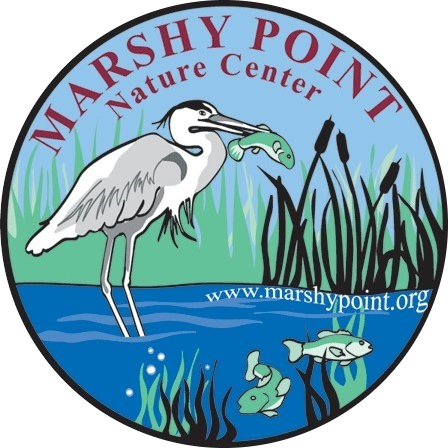For anyone who is not familiar with these large, long-legged wading birds and their prehistoric sounding calls, an encounter with a great blue heron can be a memorable experience. The largest members of the heron family are also among the most widespread. They are found throughout much of North America and are year-round residents on the Chesapeake Bay.
Great blue herons feed mainly on fish, which they stalk by slowly wading along the shorelines of both fresh and saltwater habitats. The brackish waters and abundant shorelines throughout the Chesapeake provide an ideal habitat. Herons will also feed along ponds and fields. In addition to fish, they will eat almost anything they can stab with their long, sharp bills. Other parts of a heron’s diet include frogs, small mammals, small birds, snakes, and insects. Great blue herons have even been known to visit backyard ponds, emptying them of fish in a few days, often to the homeowner’s dismay.
One trick suggested by the Cornell Lab of Ornithology is to place a length of drain pipe in the pond to give fish a place to hide from a hunting heron. Garden netting (or any other net material) is not recommended because it presents an entanglement danger to the herons and many other types of wildlife. Indeed, Marshy Point’s black rat snake was caught in garden netting—which is how it ended up here and a subject for another article.

